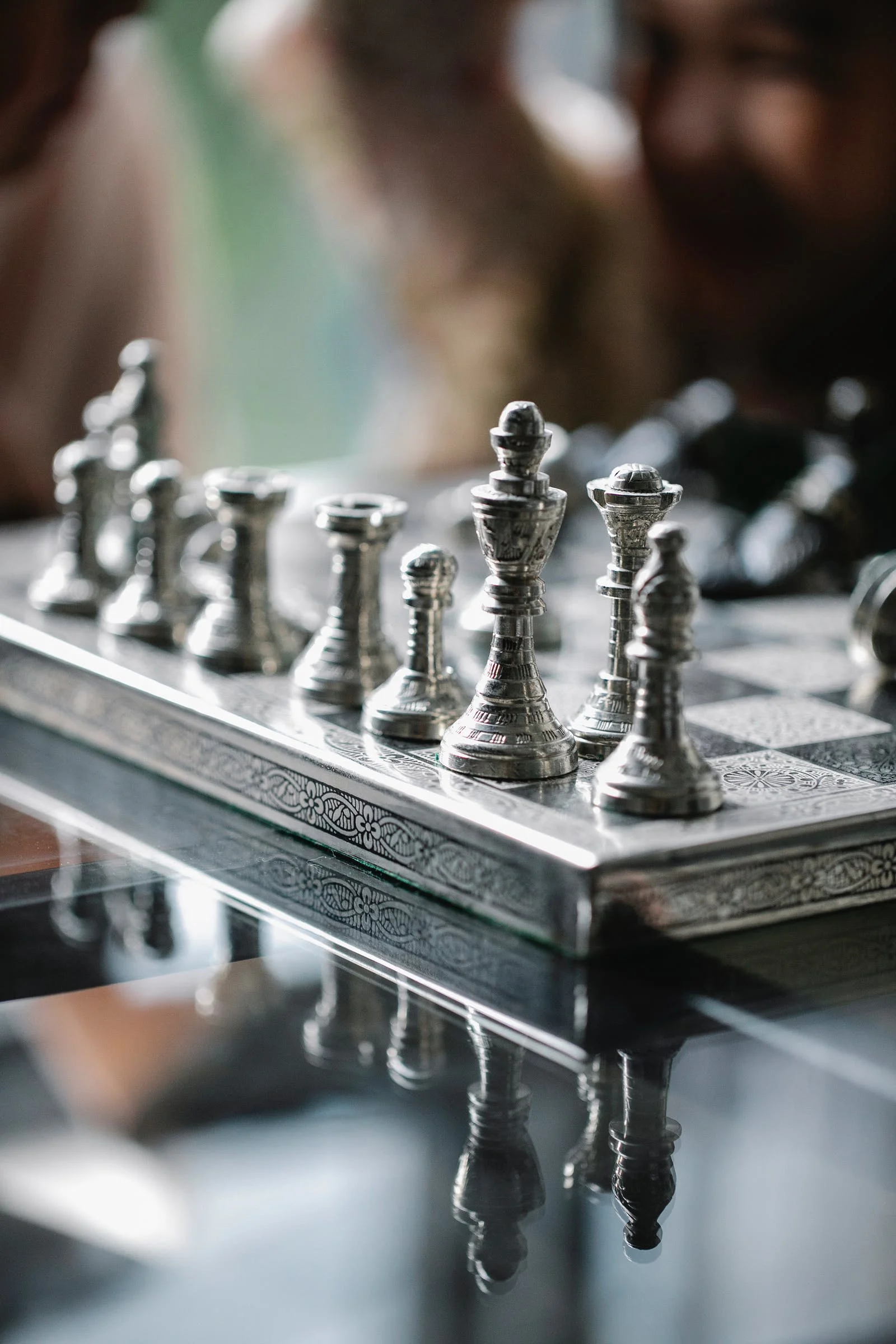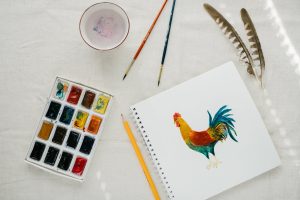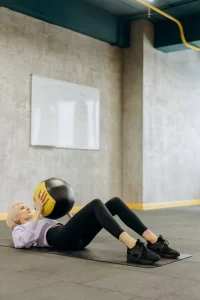How to use a Certificate of Authenticity for Your Art Business
There is no magic formula for creating raving fans or a thriving business. You will need a combination of hard work, marketing and patience to “make it” as an artist. A certificate of authenticity, fancy widgets on your website, or Instagram flash sales are useful tools. These tools aren’t magical. They aren’t magic. But they can change the perception of your work by collecting with consistency and time. This can result in increased sales.
Now that you have read the disclaimer let’s talk about a certificate of authenticity and how to use it for your art business.
What is certificate authenticity?
A certificate of authenticity may be issued to anyone who has ever bought a print from an artist or printer. This document serves to verify the authenticity of the print purchased. It’s authentic, that is.
As we will refer to them, COAs also give important information about the original print, series, and other details. The document Expanding art markets: Prints and Certificates of Authenticity and Art Licensing is written by Brooke Oliver. It states that certificates of authenticity provide information about the artist, their identity, the amount of artist involvement in the creation of the print, the number of available prints from the same master, the process used to make the print, and any other relevant information to help the buyer make an informed decision about the price and value of the print. Many states have passed consumer protection laws that require art dealers and buyers to present certificates of authenticity with any sales of fine art prints in or into their states.
Professional artists must take COAs seriously because there are many fake prints and unauthorized copies on the market. Anybody can print a certificate that looks official. An authentic COA will contain all the relevant information, such as the artist and print run. The certificate can also help buyers assess the current and future worth of the print.
A certificate of authenticity is meaningless unless it is signed by the artwork’s creator, the publisher (in limited editions), an established dealer or agent (not casual third-party resellers or dealers) or an expert on the artist.
There are good reasons to use a certificate of authenticity
They can help reduce fraud. Although the average artist is unlikely to become a victim of fraud, it is possible. The COA serves a primary purpose: it provides some protection to the buyer. If they don’t get the original COA, they can tell that the print is not authentic. While a certificate of authenticity will not stop anyone from copying your work (read copyright laws for artists to learn more), using them regularly may help preserve your reputation and business integrity and keep your work in high demand.
They tap into consumer’s psychology: A certificate of authenticity taps into a buyer’s psyche, reminding them that they are getting a genuine deal. A COA is useful if you work in a style or medium easily copied or is already saturated. COAs are often associated with fine art and will be considered items of higher prestige.
How to make a certificate of authenticity
There is no one standard and accepted way to create COAs. If you prefer the formal look of a COA, an organization such as GenuineCOA can provide a third-party witness with a unique serial number. However, they are not more legal than any other. However, they can increase trust and value in the eyes of customers. Third-party organizations often focus on autographed memorabilia or collectibles rather than contemporary fine art.
You can easily print COAs on your home printer to include them in your business model. It is important to include all relevant information as outlined above.
- Artist’s identity
- The artist’s involvement in the creation of the print
- The number of prints that have been made from the same master and are on the market.
- The printing process
- No matter if the print is a limited edition
- Is the master plate now gone?
You can find many templates online that you can use to create an official-looking document by doing a quick Google search. If your prints are done in a shop or any other way that involves third parties, it will help increase trust.
A certificate of authenticity is something that many artists swear by. Others will not touch it with a 6-foot pole. It all comes down to personal preference as well as one’s business philosophy. This logic applies to tools such as COAs and social media platforms. The “best” option is the one you use regularly.














Post Comment